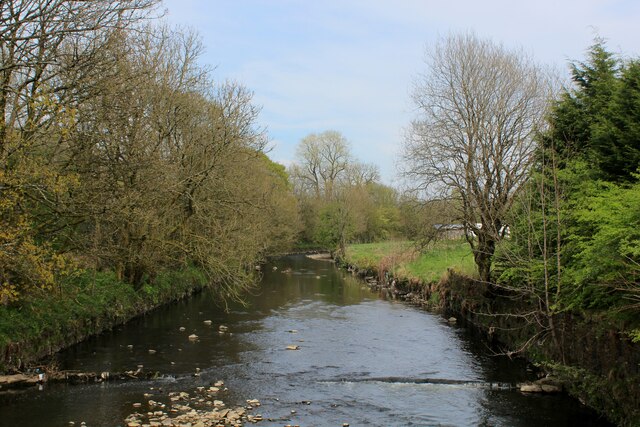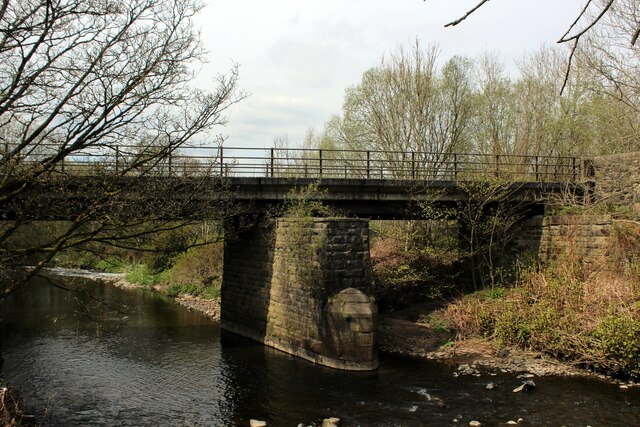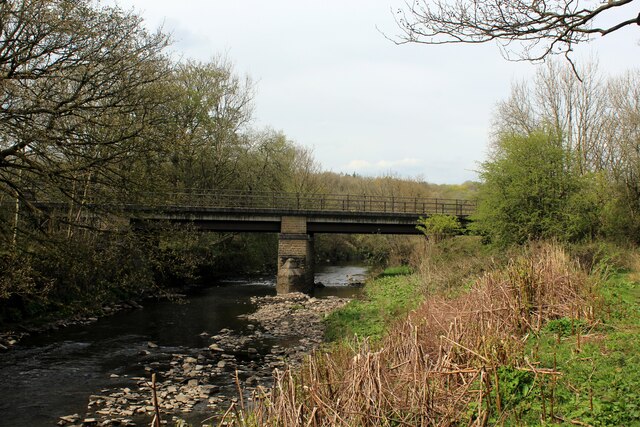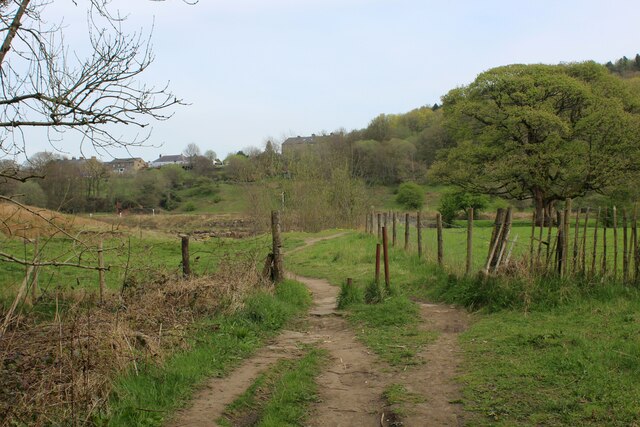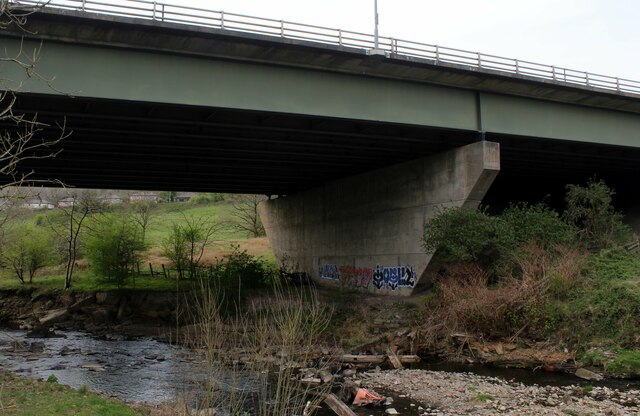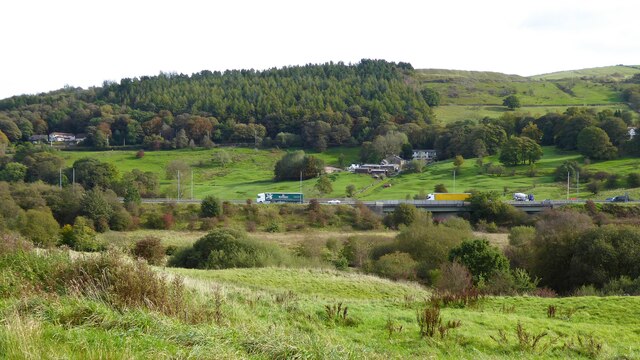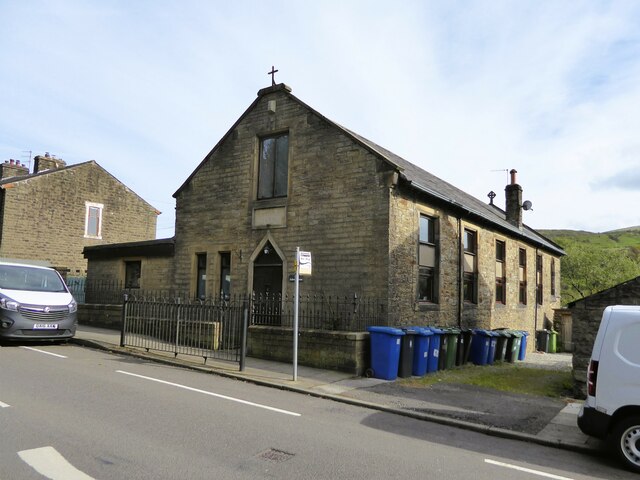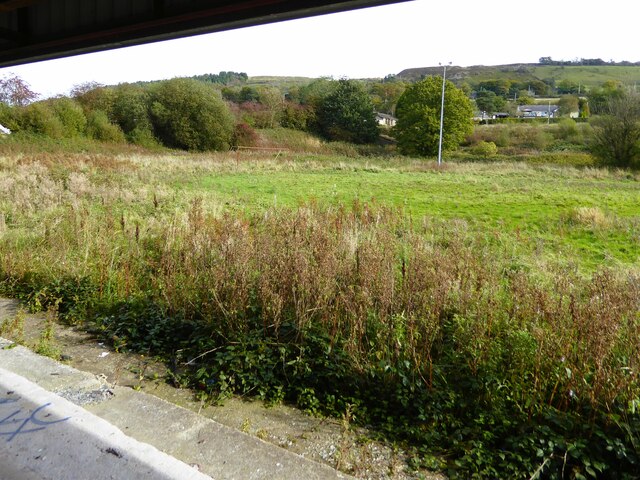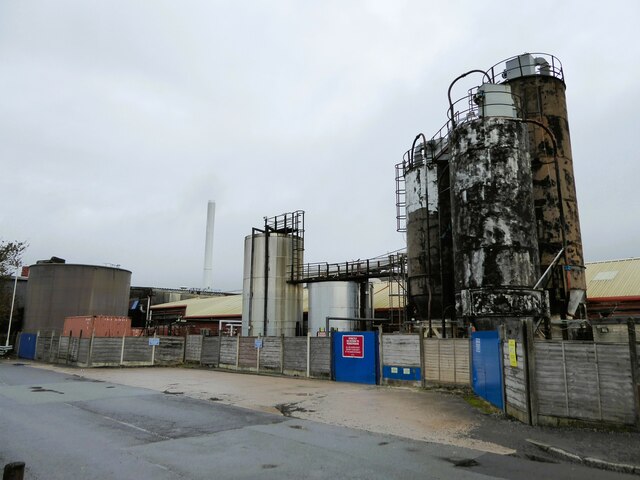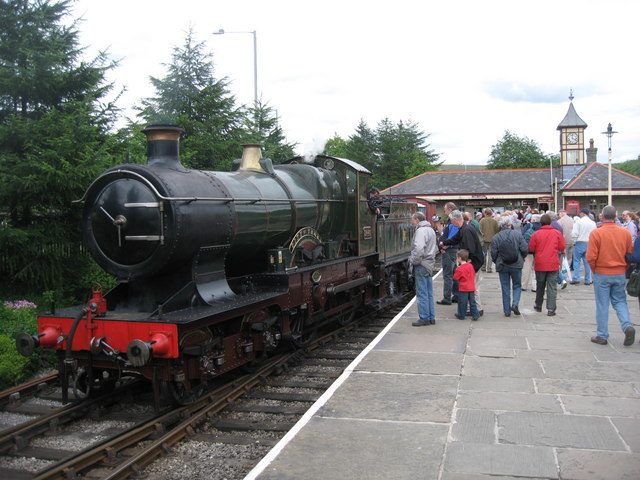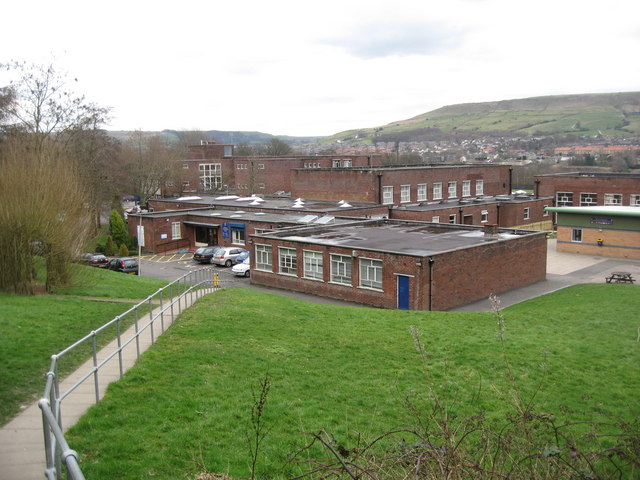Balladen
Settlement in Lancashire Rossendale
England
Balladen
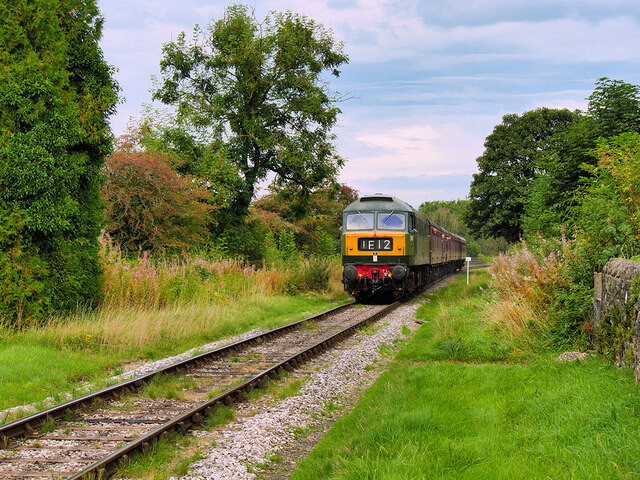
Balladen is a small village located in the Rossendale district of Lancashire, England. Situated in the picturesque countryside, it is surrounded by rolling hills and lush greenery. The village is part of the wider Waterfoot area and is approximately 3 miles north of the town of Rawtenstall.
Despite its small size, Balladen has a rich history dating back several centuries. It was primarily an agricultural community, with farming being the main occupation of the villagers. The remains of medieval farmhouses can still be seen in the area, showcasing its rural heritage. Over the years, Balladen has evolved into a residential area, with a mix of traditional stone houses and modern properties.
The village benefits from its proximity to the nearby town of Rawtenstall, providing residents with easy access to amenities such as shops, schools, and healthcare facilities. The natural beauty of the surrounding countryside also offers opportunities for outdoor activities, including hiking and cycling.
Balladen is well-connected to other parts of Lancashire by road, with the A681 passing through the village. The nearby M66 motorway provides further links to major cities such as Manchester and Preston. Additionally, regular bus services operate in the area, offering convenient transportation options.
Overall, Balladen offers a peaceful and scenic setting for those seeking a rural lifestyle within reach of urban amenities. Its historical charm, combined with its natural beauty, makes it an attractive place to live for both locals and newcomers.
If you have any feedback on the listing, please let us know in the comments section below.
Balladen Images
Images are sourced within 2km of 53.687975/-2.290552 or Grid Reference SD8021. Thanks to Geograph Open Source API. All images are credited.

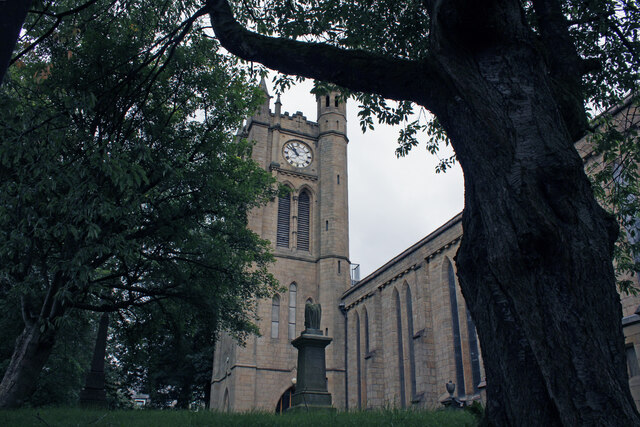
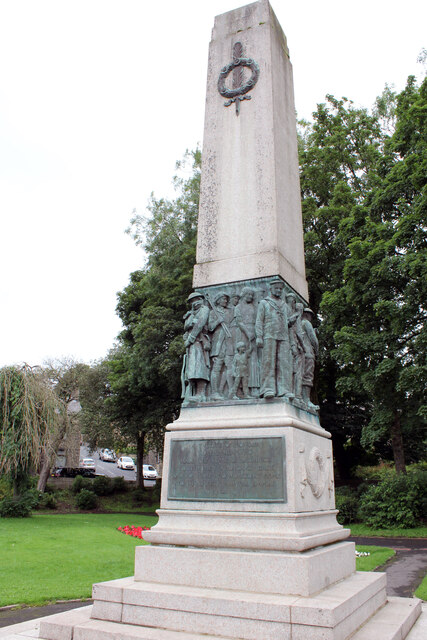
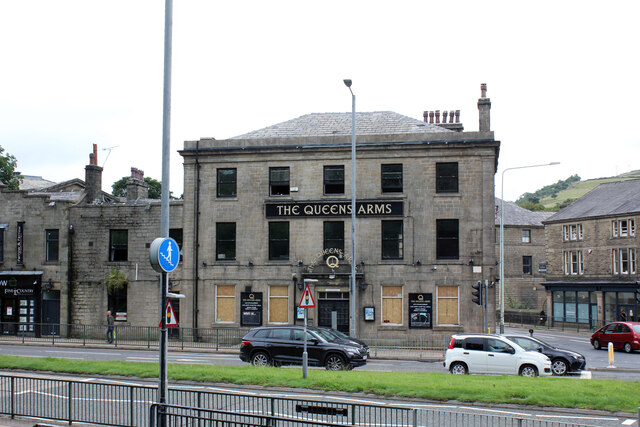
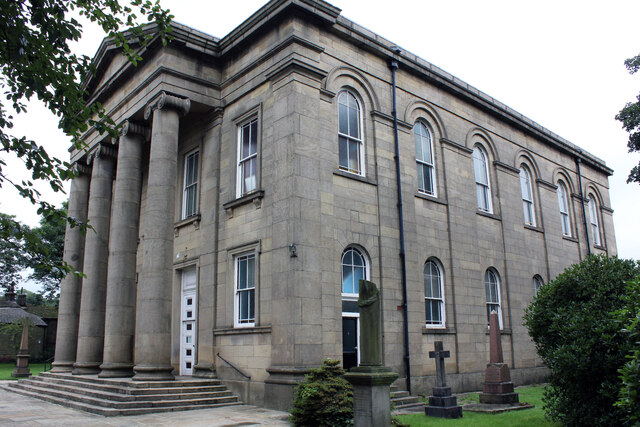
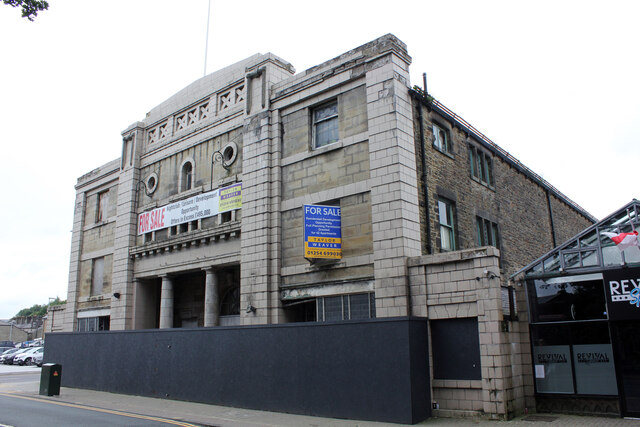
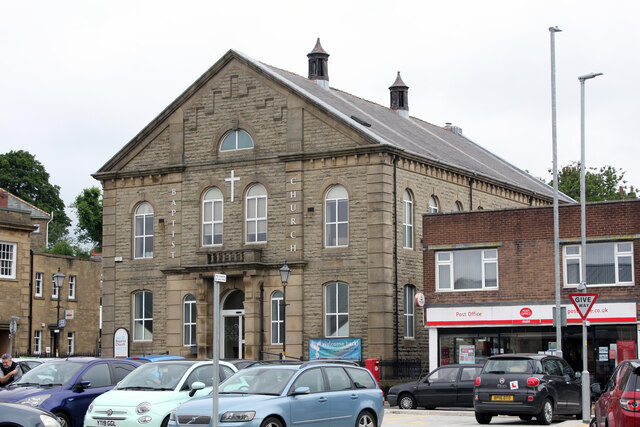
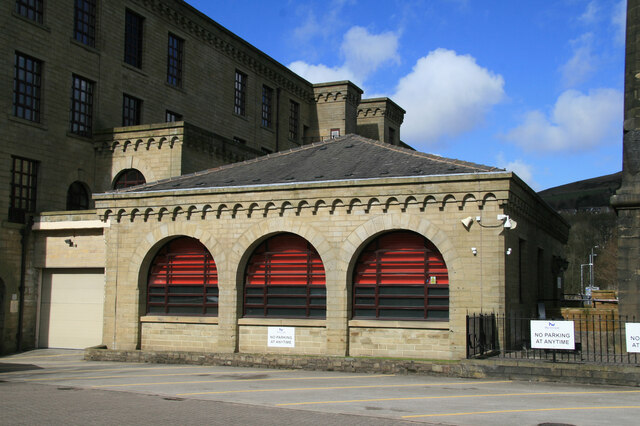
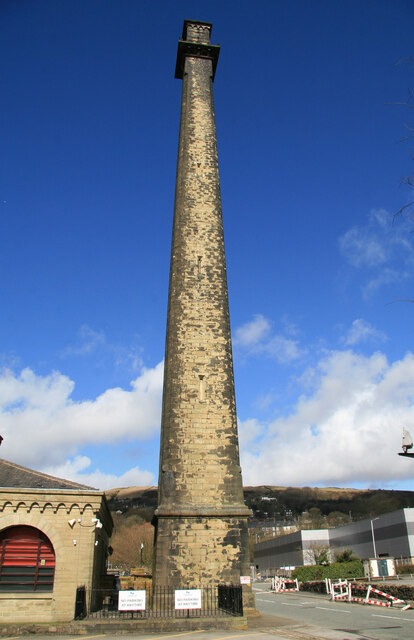
Balladen is located at Grid Ref: SD8021 (Lat: 53.687975, Lng: -2.290552)
Administrative County: Lancashire
District: Rossendale
Police Authority: Lancashire
What 3 Words
///bought.factories.amused. Near Rossendale, Lancashire
Nearby Locations
Related Wikis
Balladen
Balladen is a hamlet in Rossendale, Lancashire, England. It is located south of the town of Rawtenstall. == External links == Media related to Balladen...
Rawtenstall railway station
Rawtenstall railway station serves the town of Rawtenstall in Lancashire, England, and is the northern terminus of the East Lancashire Railway. It was...
Rawtenstall
Rawtenstall () is a town in the borough of Rossendale, Lancashire, England. The town lies 15 miles/24 km north of Manchester, 22 miles/35 km east of Preston...
Rossendale Valley
The Rossendale Valley is in the Rossendale area of Lancashire, England, between the West Pennine Moors and the main range of the Pennines. The area includes...
Ewood Bridge and Edenfield railway station
Ewood Bridge and Edenfield railway station served the village of Edenfield, Rossendale, Lancashire. == History == On 25 September 1916, a 179-metre (587...
Rawtenstall Library
Rawtenstall Library is a Carnegie Library located in the town of Rawtenstall, Lancashire. Plans for a new library in Rawtenstall were drawn up in 1903...
All Saints' Catholic High School, Rawtenstall
All Saints' Catholic High School is a coeducational Roman Catholic secondary school located in Rawtenstall, Lancashire, England. == History == The school...
Haslingden Canal
The Haslingden Canal was a proposed canal link between the Bury arm of the Manchester Bolton & Bury Canal in Greater Manchester, England, and the Leeds...
Nearby Amenities
Located within 500m of 53.687975,-2.290552Have you been to Balladen?
Leave your review of Balladen below (or comments, questions and feedback).
